If you’ve walked around downtown Austin, something you’ve probably noticed is that a lot of buildings built recently and a lot of buildings under construction have cut corners. No, I don’t mean they’ve used shoddy construction. I mean that, literally, they’re shaped as a rectangle with a corner cut off. Sometimes there’s just no building there; sometimes there’s a much shorter part of the building with just the tower component missing. It’s so common that it’s almost becoming Austin’s signature building style. How come?
As an example, here’s a recent-built hotel in the Red River district:
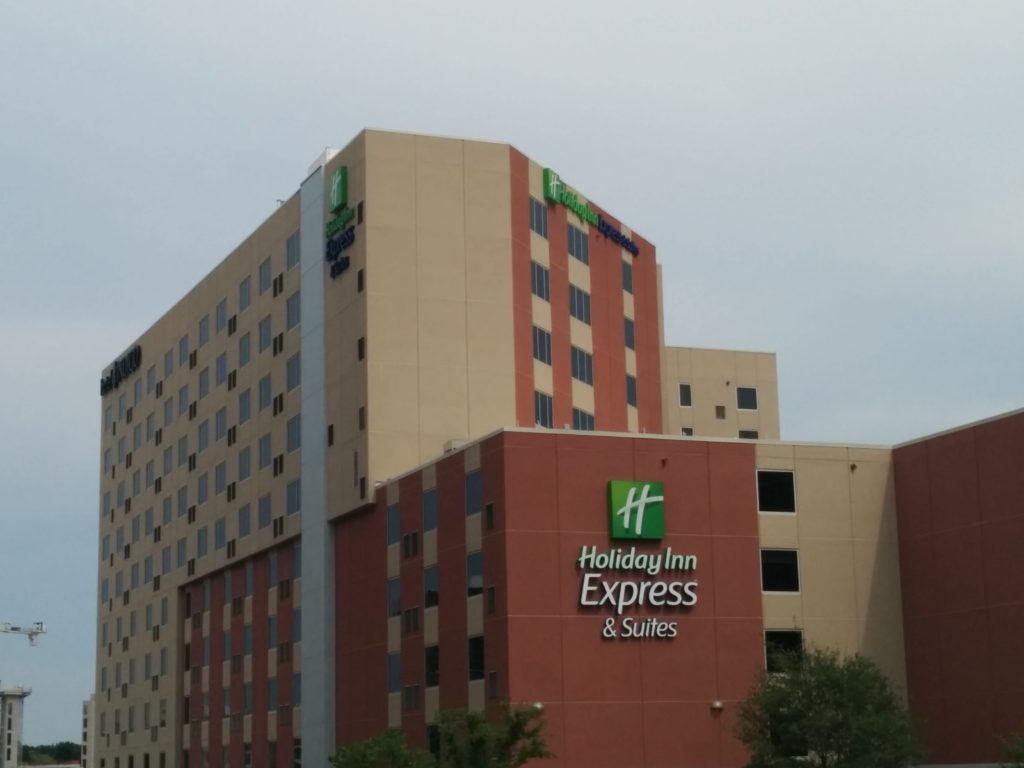
Same building, reverse angle:

Here’s an apartment complex in western downtown. You can see the characteristic corner cut on the tower and again, the characteristic extension of a smaller portion of the building beneath the cut-off:

Nearby, two more residential towers with corner cutoffs are under construction:
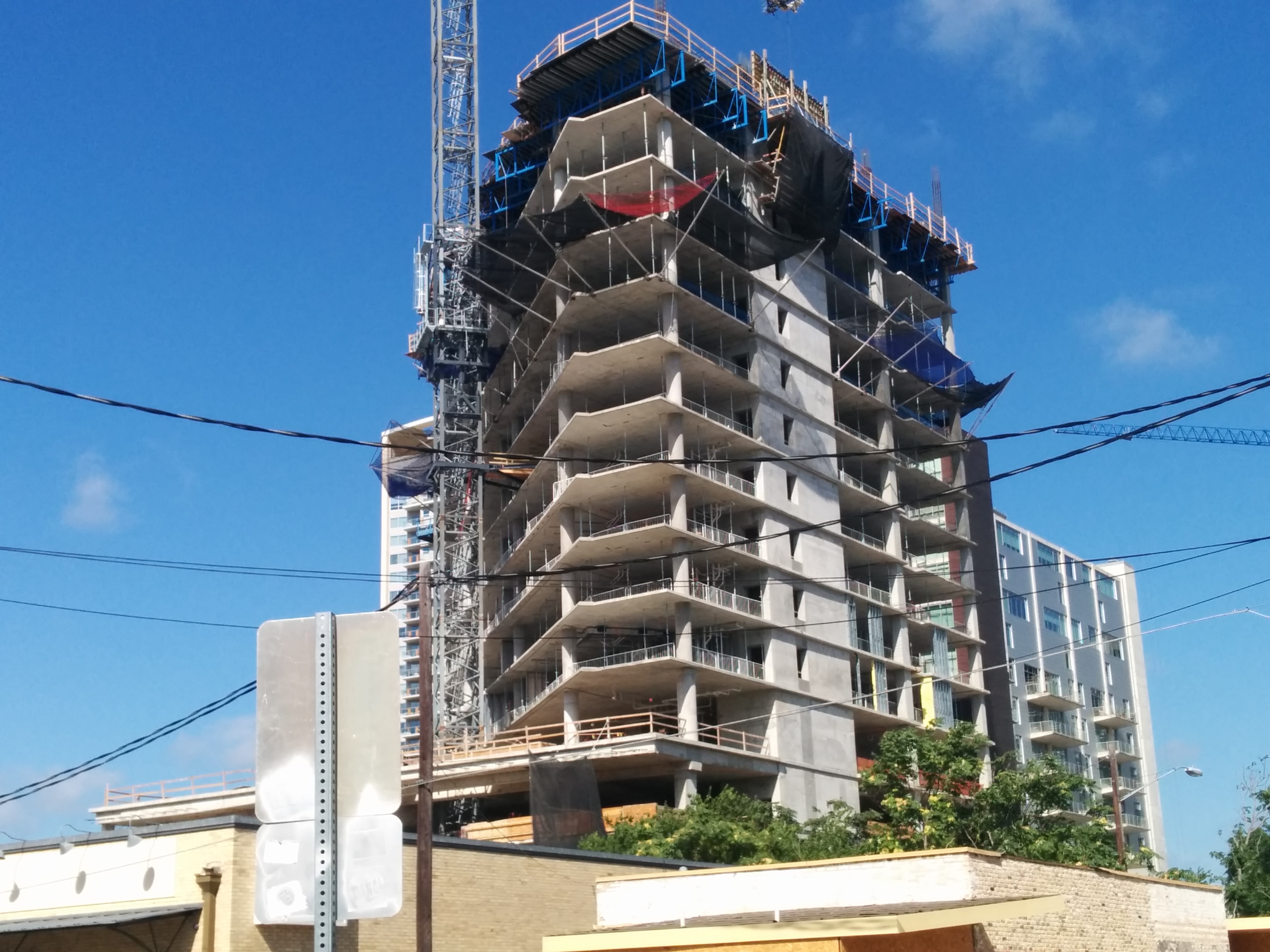
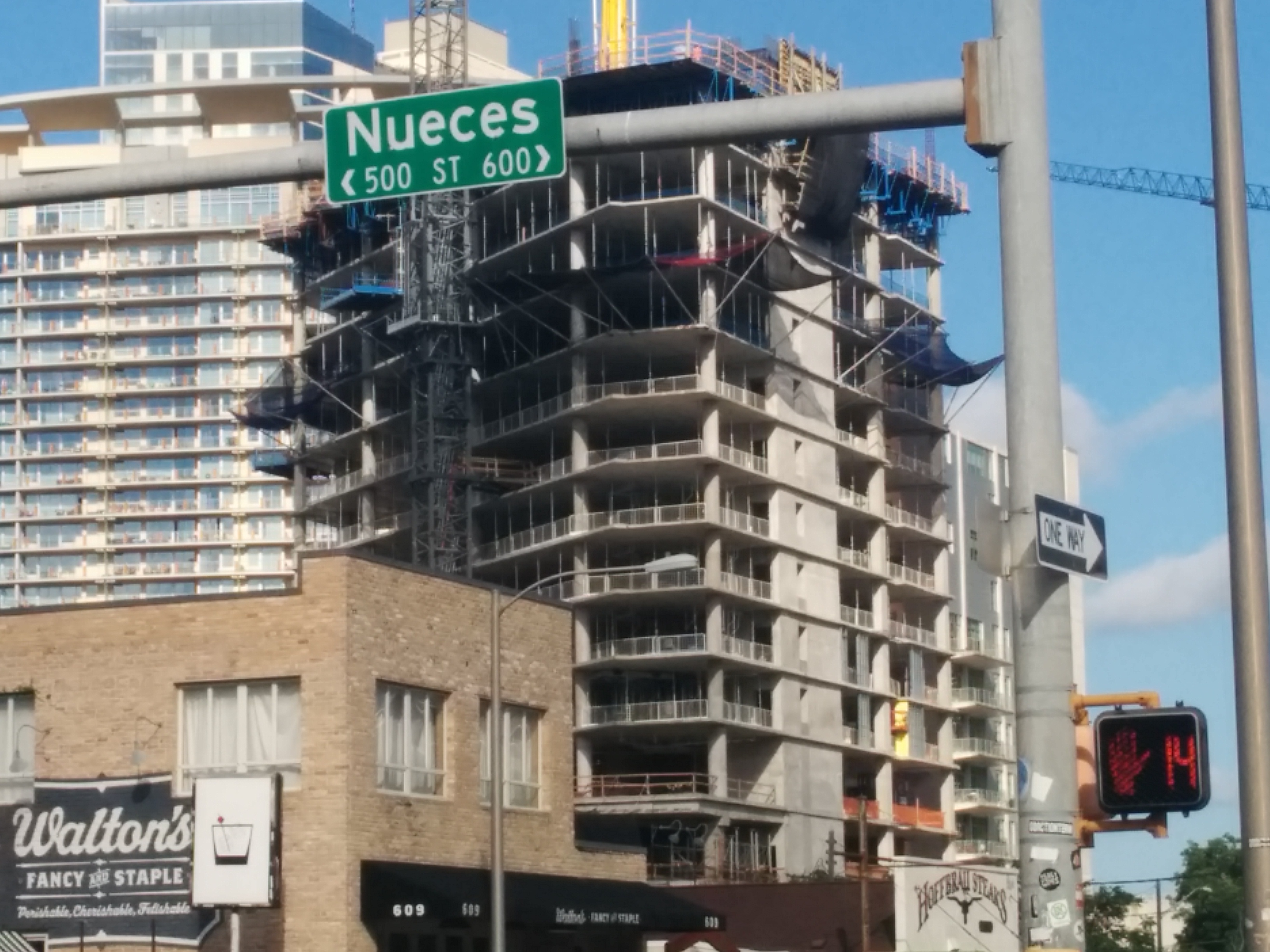
The county has gotten into the act:
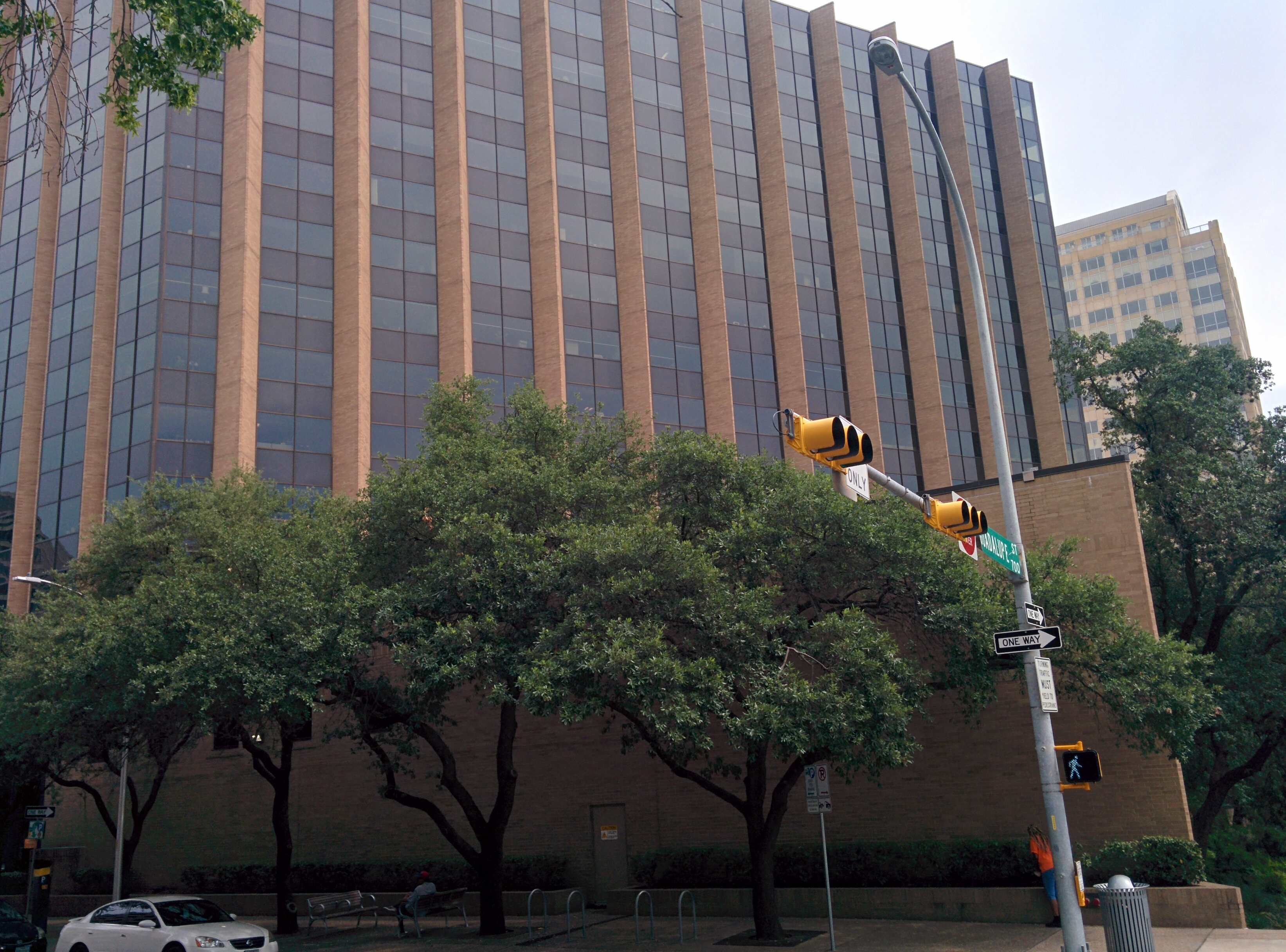
Here’s a triangular building that’s not a tower:

This one gives us our first clue! Let’s look at another picture from a better angle:
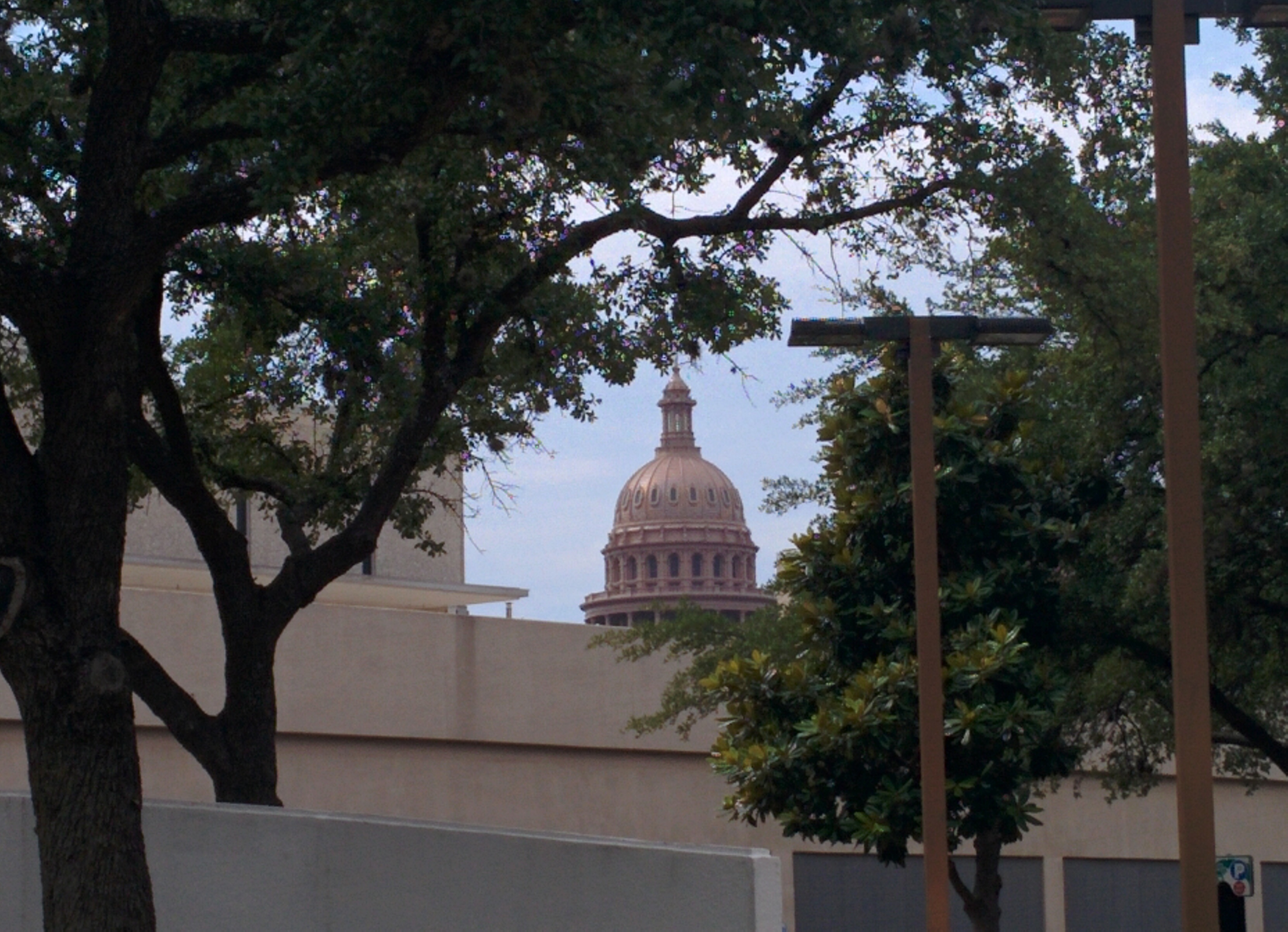
The reason that so many downtown buildings have this odd tower-with-a-corner-cut shape is the Capitol View Corridor restrictions. These restrictions are unique to the city of Austin, enshrined in Texas law and city of Austin code. You can see a map that I found on the internet here:
[googlemaps https://www.google.com/maps/d/embed?mid=1OmWNgmriRu9gDHuwrrVaRxb03W8&w=640&h=480]
Every single one of the buildings pictured here would be in a Capitol View Corridor if it was built with the cutoff corner still attached.
Overall, I think Texas overdoes CVCs, devaluing the concept by protecting not just the breathtaking ones, but the meh ones as well. Some of the view corridors have caused problems, like when the City of Austin realized that its planned Waller Creek flood control intake facility would violate a CVC after construction had already begun.
But some of them really do have breathtaking views of the Capitol, like walking north on South Congress Avenue. As a city, we could get a lot more out of them. If I had a dollar for every time I’ve seen somebody dash out into the middle of Congress Avenue to get a picture of the capitol, I’d have like $20 or something. If we designed Congress Avenue with a pedestrian refuge for people to take their pictures from, tourists and locals alike could capture this great view. We could also build up our best view corridors as defined negative space by continuing to develop more towers around them. So let’s get out there and cut some corners!
